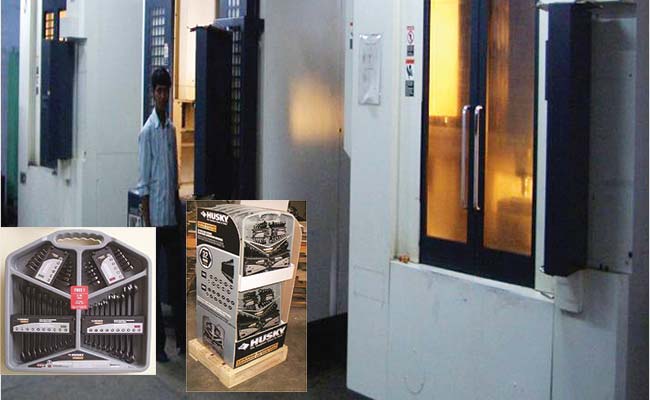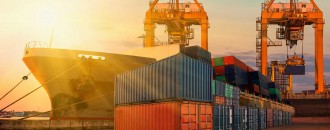
“We Are Adding Newer Markets To Our Portfolio”
Aadhira Anandh M. | November 2015 Issue | The Dollar Business

TDB: You joined Akar Tools as Financial Controller in 1994. How has the journey been so far?
Sunil Todi (ST): I joined the company as a financial advisor in 1994, and since then the journey has not been very easy. I started taking up responsibilities as and when required by the company in all aspects. The areas under my leadership included business, marketing, production and administration. Getting the company to the position it is in today has been a very challenging task.
TDB: You have been exporting highend, precision-engineered hand tools to Europe, US, Japan, Australia and other markets for years now. How different is the overseas market from the Indian market?
ST: Marketing and production are different for export and domestic markets. The demand in the global market largely depends on the quality. But when it comes to domestic sales, the demand is primarily based on the marketing strategy of the company. While the marketing strategy matters in the overseas market also, both are very different and demanding.
TDB: What major challenges hinder the growth of your business?
ST: Being a labour-intensive industry, it is always difficult to cater to the increased demand from customers. In the export market, the demand has never been consistent. As we normally don’t have a lot of workforce to cater to the requirement, sudden increases in demand can hinder growth on a large scale.
TDB: Where do you see growth coming for your industry in the near future?
ST: The company is hopeful that the majority of growth will be from markets like India and Africa. Initiatives taken by Indian government under the ‘Make in India’ programme, we believe, will pay dividends in terms of a spurt in demand in the coming years for our products.
TDB: Muted industrial growth in India over the last few years, along with rising inflationary pressures, increase in steel prices and other inputs, and sliding value of the rupee continue to pose risks to overall growth of market. How have you been dealing with this so far, and how do you plan to deal with these factors if they persist?
ST: The economic scenario worldwide is very challenging. In order to overcome the difficulties, we are continuously working on expanding the customer base and adding different countries as our export market. We are also considering diversifying into auto components so that we can expect a good growth in the market as a whole. The plans of diversification look very appealing, though we don’t know how much we can apply them in practice.
TDB: What are your plans for international markets? Which emerging markets are you betting big on? Are you also looking at inorganic growth opportunities?
ST: We are one of the largest exporters of handtools from India to the US market. We are continuously focusing on this market as their economy is reviving and performing well. We also have plans to re-enter the European and Japanese markets. We are concentrating on both organic and inorganic strategies to expand our market by as much as possible.
 Situated at Waluj near Aurangabad, Maharashtra, Akar Tools Limited’s state-of-the-art production facility operates round the clock
Situated at Waluj near Aurangabad, Maharashtra, Akar Tools Limited’s state-of-the-art production facility operates round the clockTDB: In terms of demand and net margins, which product categories in your industry are the most lucrative as far as exports are concerned?
ST: Spanners and wrenches are most preferred from India in the international market. India is very competitive in this product range, even if we compare the market in China for this product. That is one of the reasons why we continue to focus on this product as far as export markets are concerned.
TDB: Are you happy with the incentives being provided to exporters? Would you suggest any alteration?
ST: This industry deserves better incentives and promotions from the Indian government, as this is a labour-intensive industry that provides job opportunities. It also requires a lot of value addition in the products. The government should also make finance available at competitive prices to promote this industry.
TDB: Your company recorded a topline growth of 16.7% in FY2015. What is your outlook for FY2016?
ST: In the current fiscal also, we will be growing both in topline as well as profitability because of various major initiatives taken by the company in the last two years.
TDB: How, according to you, can Indian SMEs become export competitive?
ST: In order to become export competitive, finance should be made available to SMEs at competitive rates, and proper technologies should be provided through respective export promotional councils. EPCs should take various major initiatives in terms of other cost reductions. SMEs are a big reason why India dreams of making it big as a manufacturing hub. Their needs should not be overlooked.






 to success.
to success.